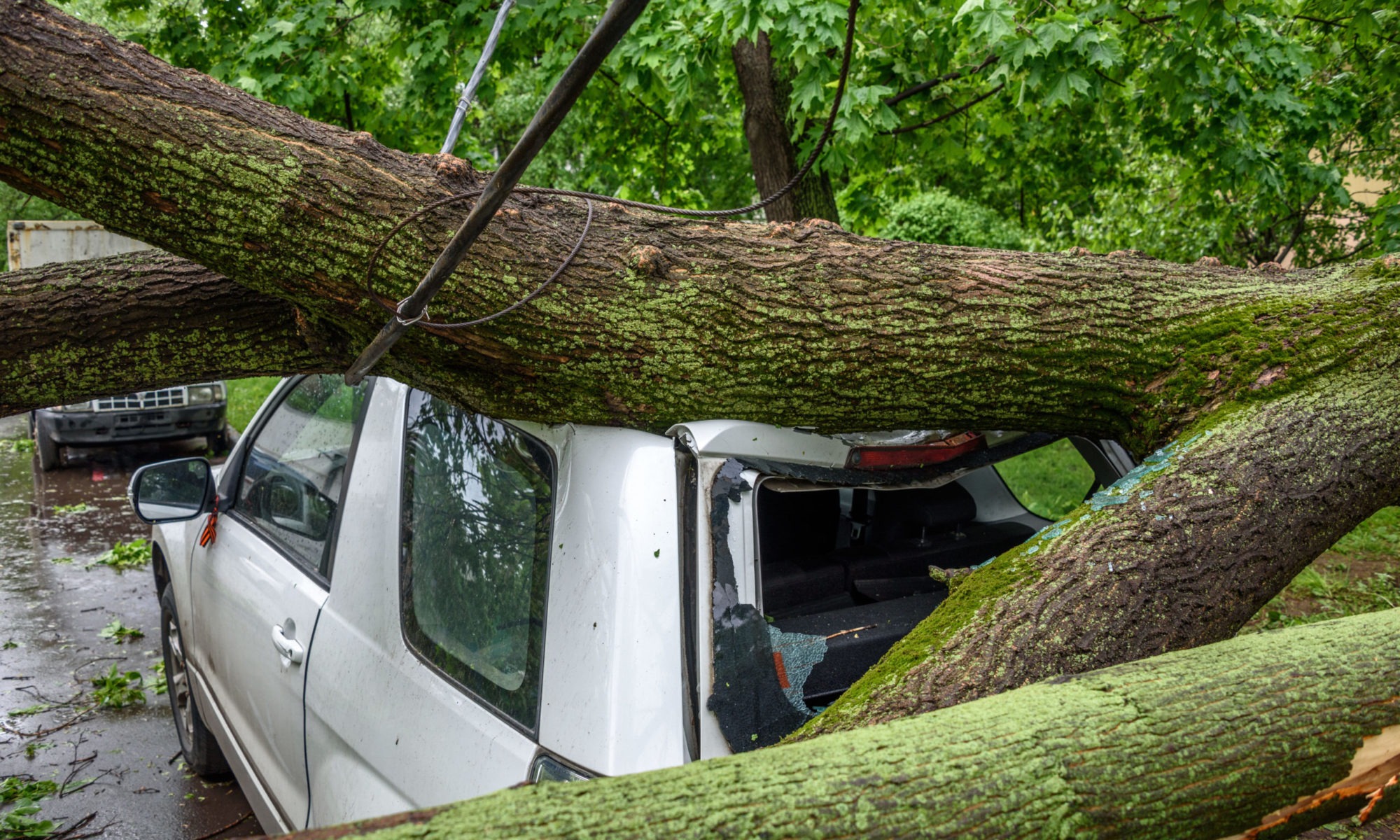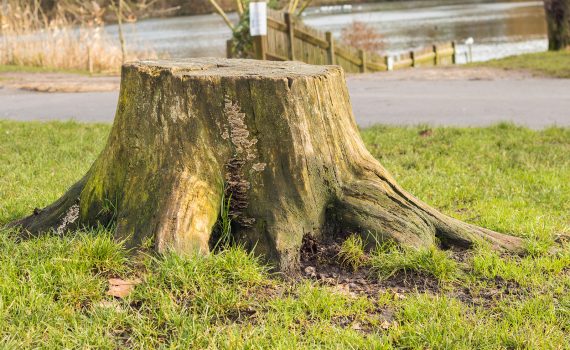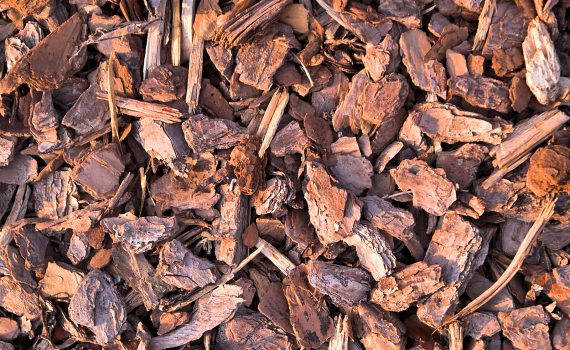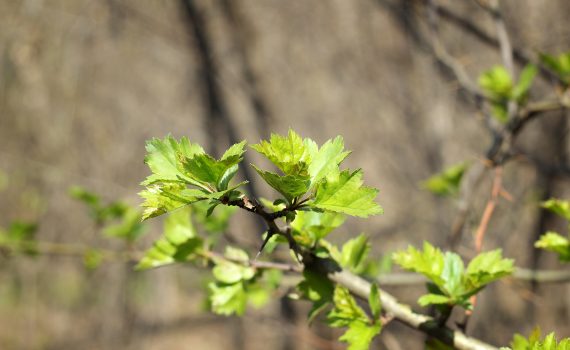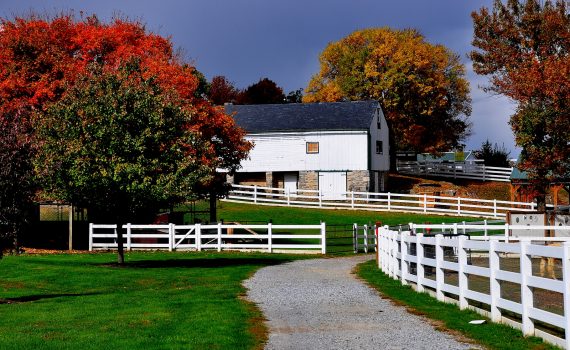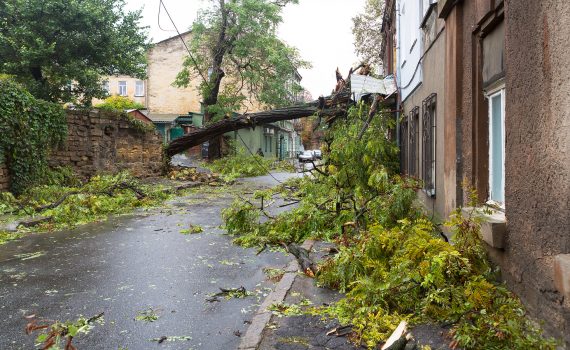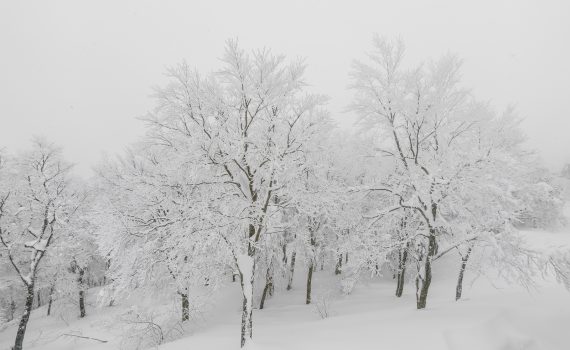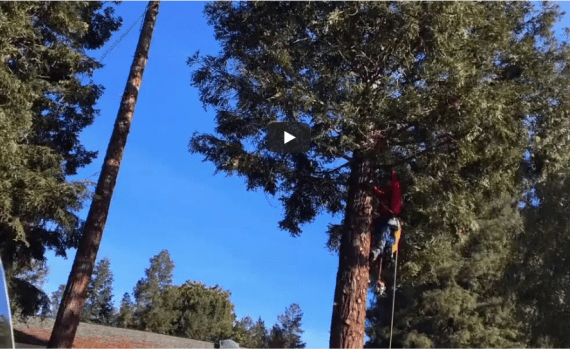The trees in your garden are living entities and need attention and care in order to flourish. In some cases, trees need first aid and even ‘surgery’ to help maintain their health and structure. Cabling and bracing is a technique that can be applied by a skilled arborist to help support your trees branches and trunks. This can extend a tree’s life if done correctly, allowing your trees to flourish for longer. Here we look at 4 signs that your tree needs expert attention from a qualified arborist with professional cabling and bracing.
- Leaning Trees
Trees that are dead or dying tend to lean, however a leaning tree doesn’t always signify a problem. Cabling and bracing can’t be used to save diseased or dying trees, but it can help to provide structure and support to trees that are weak, but healthy. Trees may normally have a slight lean to them. A skilled arborist can inspect your trees and assess whether they are leaning normally, or whether there are adverse underlying causes. A tree’s root system can grow to accommodate and calibrate a lean, but in some cases cabling and bracing may be needed to support the tree to prevent cracking and hazardous tree falls.
- Cracks in the Trunk or Branches
Cracks in the tree trunks and branches can be a sign that your tree is becoming unbalanced and overburdened. Cracking or splitting in the trunk of your tree can represent a particularly serious structural issue, and you should enlist the assistance of a professional arborist as soon as possible. In some cases, cabling and bracing can be applied to help strengthen and reinforce your tree when the problem is caught early to prevent cracks deepening and causing split trunks. Cracked branches may not be worth trying to recover, but it’s important to remove them to avoid potentially dangerous falling branches.
- Multiple Trunks
It’s not uncommon for trees to split at the trunk, with the two trunks diverging in a V shape. This can be called co-dominant stems or V-crotch trunks. As the tree grows, these multiple trunks can form a weak spot, as one trunk becomes larger than the other and threatens to topple the tree. Cabling and bracing can help to strengthen divergent trunks so they don’t split too far apart and cause breakage. However, in some cases one of the trunks may need to be removed by your arborist to preserve the tree.
- You’re Due For Adverse Weather
Storms, rain and strong winds can really put on a strain on your trees and worsen any structural issues you may already be experiencing. If you’re expecting adverse weather, have your trees inspected and fitted with cables and bracing if necessary to protect against the harsh conditions. Professional cabling and bracing from a skilled arborist can help to keep your trees and branches safe during harsh weather, adding extra strength and reinforcement while also allowing flexibility, to keep your branches intact.
Cabling and bracing can be a useful tool to protect and preserve your trees when implemented safely by a professional arborist. Talk to us about your tree’s needs and whether cabling and bracing is right for your trees.
Our tree experts service the following areas: Walnut Creek, Concord, Pleasant Hill, Lafayette, Orinda, Oakland, Albany, Alhambra Valley, Alamo, Berkeley, Danville, Diablo, El Cerrito, El Sobrante, Hercules, Kensington, Sunol, Saranap, San Pablo, Reliez Valley, Piedmont, Port Costa, San Leandro, Vine Hill, Martinez, Benicia, Fairfield
 Bringing Sexy Back Into Your Yards
Bringing Sexy Back Into Your Yards 
